In our fast-paced, technologically driven world, it’s hard to imagine that there are communities out there who have never experienced the hustle and bustle of modern life. Yet, deep within the world’s jungles, there are tribes who remain untouched by contemporary society, living in harmony with nature as they have for centuries. These tribes offer a glimpse into the diverse tapestry of human culture and remind us of the myriad ways humans adapt to their environment.
1. The Sentinelese: Guardians of North Sentinel Island
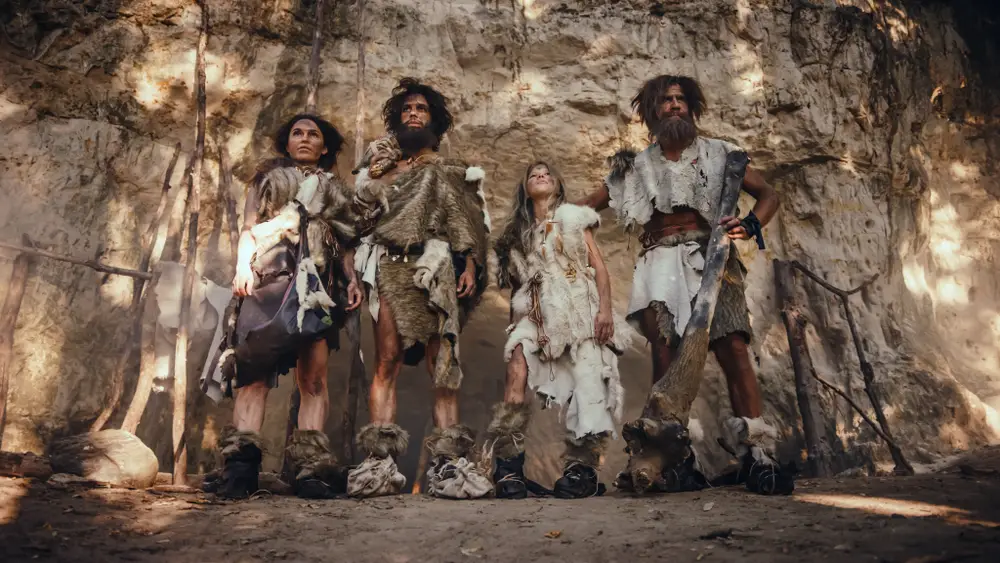
The Sentinelese are perhaps the most famous of the uncontacted tribes, residing on North Sentinel Island in the Andaman and Nicobar Islands of India. Their fierce isolation is well-documented, with the tribe known to aggressively resist any outside contact. This has led the Indian government to enforce strict regulations, prohibiting any approach to the island, ensuring the Sentinelese remain undisturbed. The tribe’s isolation has preserved their way of life, which is believed to be thousands of years old. According to a report from BBC, efforts to contact the Sentinelese have been met with hostility, underscoring their desire to remain secluded.
Their tools, made predominantly from stone and other natural resources, highlight a way of life entirely reliant on their surroundings. The tribe’s diet consists of fish, wild plants, and small animals, hunted using bows and arrows. They have successfully continued their existence without modern medicine, agriculture, or technology. The Sentinelese represent an unbroken link to a bygone era, showcasing the resilience of human adaptation. Their story serves as a reminder of the delicate balance between curiosity and respect for the autonomy of isolated communities.
2. The Unyielding Awá of the Amazon
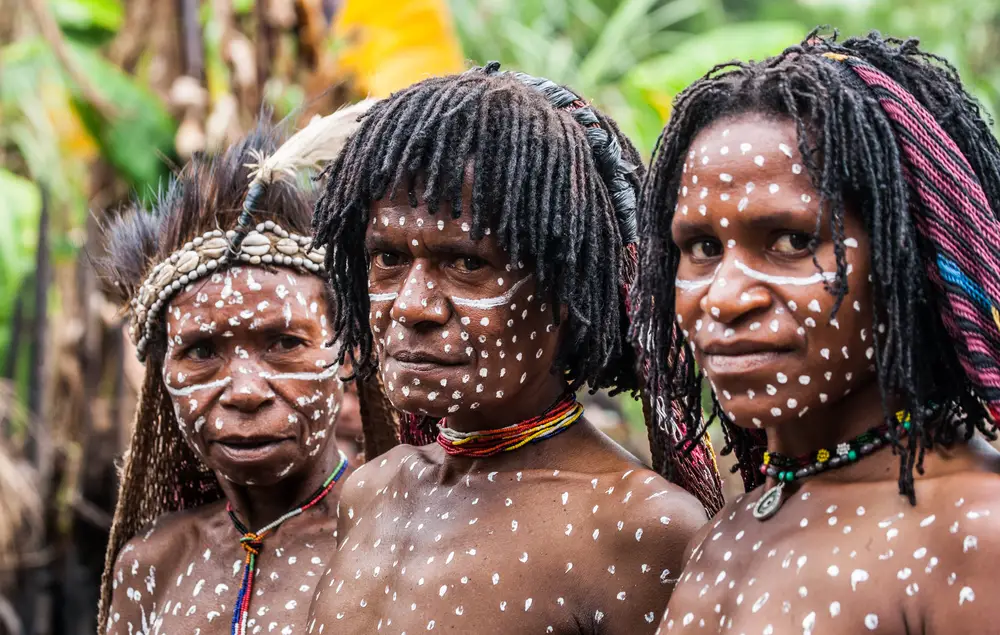
Deep within the Amazon rainforest in Brazil, the Awá tribe lives in what can be described as one of the most biodiverse regions on Earth. Known for their nomadic lifestyle, the Awá have become masters of the jungle, moving fluidly through the dense forest. Their survival is intricately tied to their environment, relying on it for food, shelter, and spiritual guidance. The Awá are skilled hunters and gatherers, using traditional methods to sustain themselves. Unfortunately, their existence is increasingly threatened by illegal logging and deforestation, as highlighted in a report by Survival International.
While some members of the Awá tribe have had limited contact with the outside world, there remains a group that lives in complete isolation. This uncontacted group is often referred to as the “Earth’s most threatened tribe” due to the encroachment on their lands. The Awá’s connection to the forest is profound, with their cultural identity closely tied to the natural world. Their story is one of resilience, underscoring the importance of protecting indigenous lands from external threats. As stewards of the forest, the Awá remind us of the intricate connection between humans and nature.
3. The Mysterious Mashco-Piro of Peru
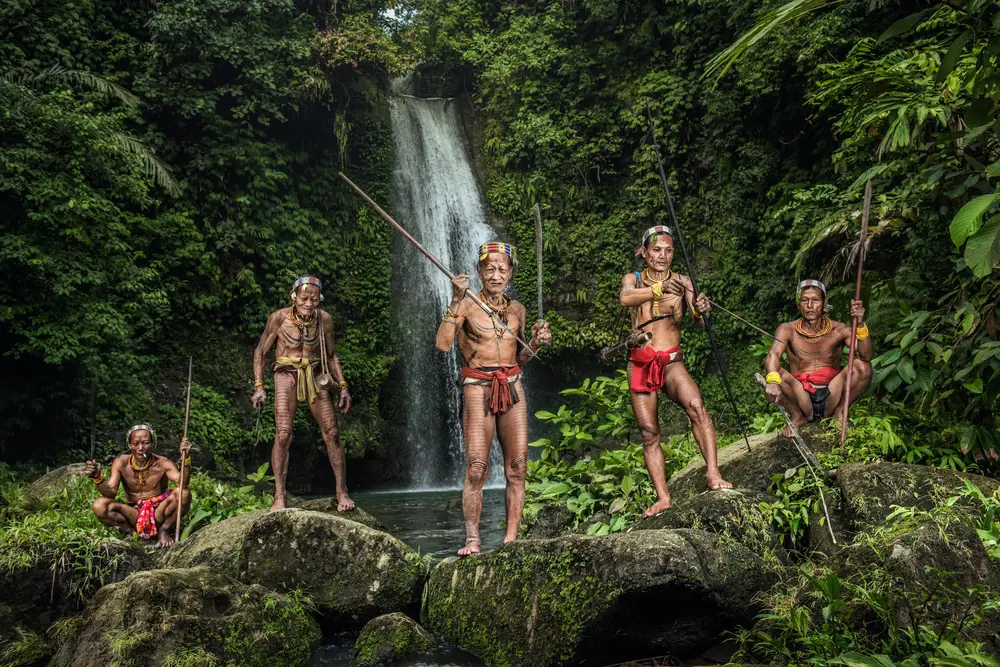
In the remote regions of the Peruvian Amazon, the Mashco-Piro tribe lives a secluded existence, shrouded in mystery. This tribe is one of the several uncontacted groups in the region, known for their nomadic lifestyle and avoidance of outsiders. The Peruvian government, recognizing the importance of their autonomy, has implemented protective measures to prevent any intrusion into their lands. The Mashco-Piro are skilled at using the resources of the forest, crafting tools and weapons from the materials available to them. They sustain themselves through hunting, fishing, and foraging, ensuring a symbiotic relationship with their environment.
In recent years, there have been rare sightings of the Mashco-Piro along riverbanks, sparking interest and concern among researchers and conservationists alike. These sightings have prompted discussions about the best ways to protect both the tribe and those who live near their territory. According to a National Geographic article, the increasing contact with nearby communities poses a risk of disease transmission. The Mashco-Piro’s story highlights the delicate balance between curiosity and the necessity of preserving indigenous ways of life. As we ponder their existence, we are reminded of the rich cultural diversity that exists beyond the reaches of modern civilization.
4. The Resilient Korowai of Papua
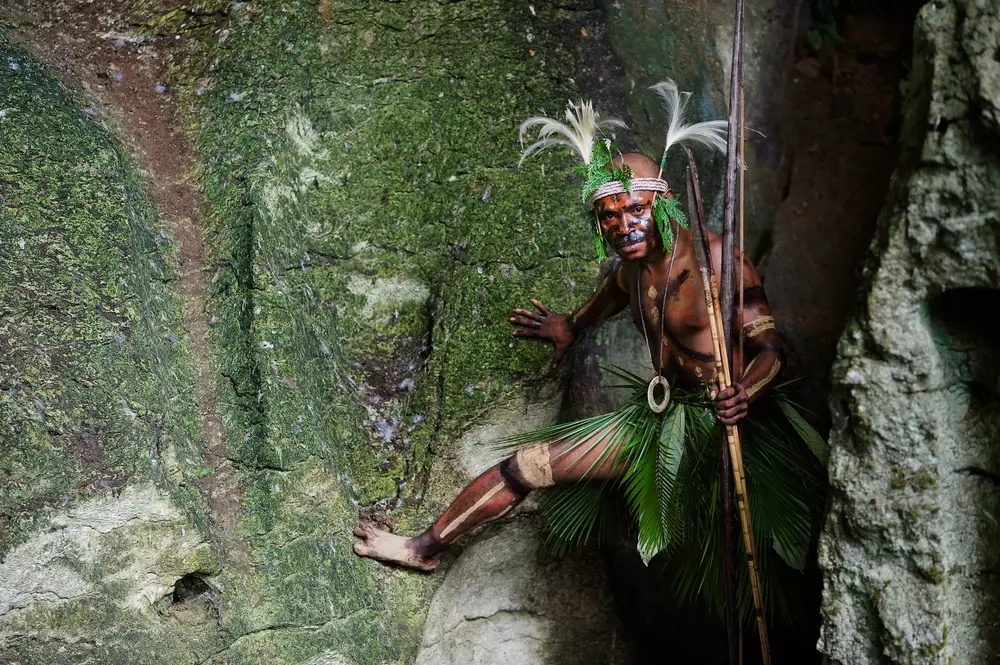
Nestled in the dense jungles of Papua, Indonesia, the Korowai live in remarkable treehouses towering above the forest floor. These structures, often built over 20 meters high, protect the tribe from floods and insects, while offering a vantage point over their territory. The Korowai were largely unknown to the outside world until the late 20th century, when their intriguing way of life piqued the interest of anthropologists. Known for their unique construction skills and deep understanding of the jungle, they exemplify the ingenuity of human adaptation. The Korowai are traditionally hunter-gatherers, relying on sago palm, wild game, and forest produce for sustenance.
While some Korowai have interacted with the outside world, a significant portion of the tribe remains isolated, preserving their traditional customs. This isolation has helped maintain their cultural practices and traditional beliefs, including shamanistic rituals and animistic worship. The Korowai face challenges from encroaching modernity and deforestation, which threaten their way of life. Yet, they continue to embody resilience and resourcefulness, navigating the complexities of cultural preservation in a changing world. Their story is a testament to the enduring spirit of indigenous cultures, highlighting the necessity of respecting their autonomy and protecting their environment.
5. The Enigmatic Moxihatetema of Venezuela
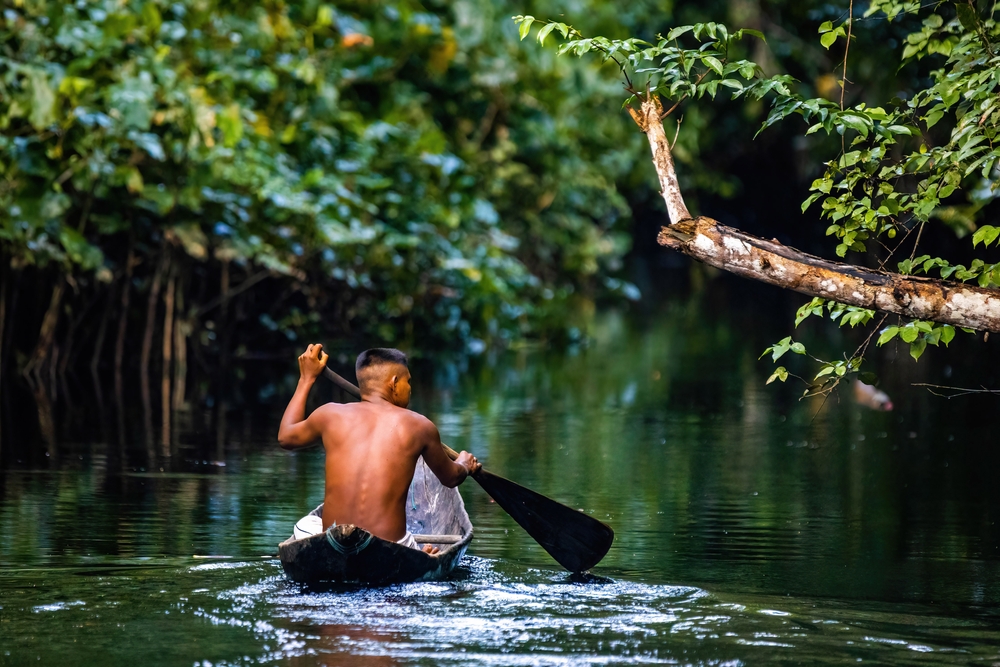
In the remote regions of southern Venezuela, the Moxihatetema tribe resides within the vast expanse of the Amazon rainforest. This small group is part of the larger Yanomami tribe, known for their intricate social structures and deep connection to the forest. The Moxihatetema remain uncontacted, living in harmony with their environment, largely undisturbed by modern influences. Their lives revolve around the natural cycles of the forest, with hunting, gathering, and small-scale agriculture forming the backbone of their sustenance. The tribe’s isolation has helped preserve their traditional beliefs and customs, offering a window into ancient ways of life.
While the Venezuelan government has established protected areas to safeguard uncontacted tribes, external threats such as illegal mining pose significant risks to the Moxihatetema. The tribe’s existence highlights the challenges of balancing conservation with the pressures of modern economic activities. Despite these challenges, the Moxihatetema continue to thrive, demonstrating resilience in the face of potential adversity. Their story emphasizes the importance of respecting indigenous lands and cultures, reminding us of the rich diversity that exists beyond modern civilization. As guardians of the forest, the Moxihatetema offer valuable insights into sustainable living and environmental stewardship.
6. The Elusive Fleicheros of Brazil
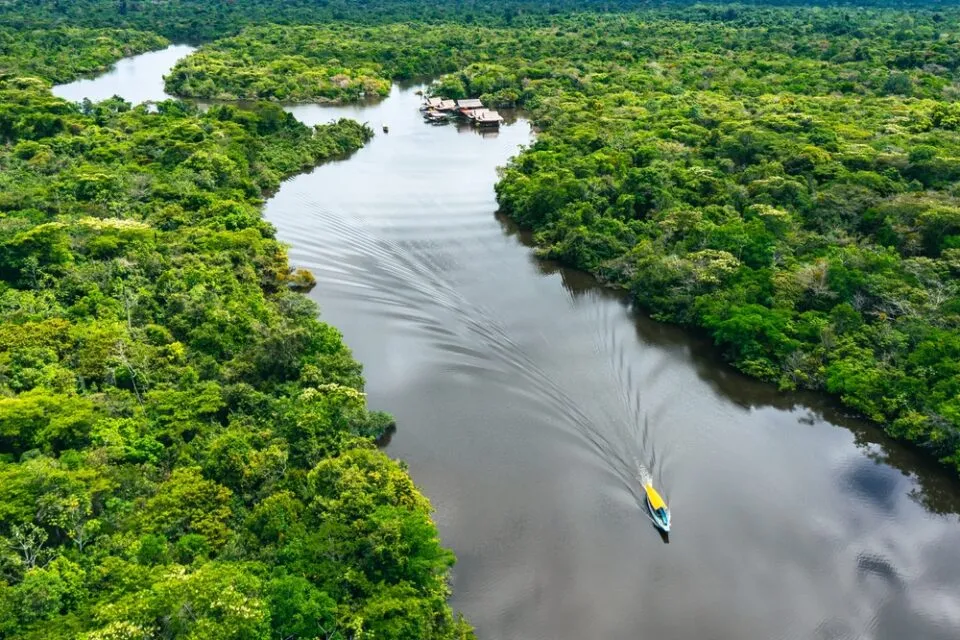
In the heart of the Brazilian Amazon, the Fleicheros, or “Arrow People,” live a life shrouded in secrecy and seclusion. Known for their isolationist tendencies, the Fleicheros are believed to inhabit the dense jungles near the border of Peru. Their name is derived from their primary means of interaction with outsiders—arrows, which they use to defend their territory. Despite their fierce reputation, little is known about their daily lives, as they are one of the most isolated groups in the region. The Brazilian government has taken steps to protect their lands, recognizing the importance of maintaining their autonomy.
The Fleicheros are thought to live as hunter-gatherers, relying on the abundant resources of the forest for sustenance. The tribe’s isolation has preserved their traditional ways, allowing them to maintain a lifestyle that has likely changed little over centuries. While their seclusion offers protection from many modern threats, it also leaves them vulnerable to environmental changes and illegal activities such as logging and mining. The story of the Fleicheros underscores the need for effective conservation efforts and respect for indigenous cultures. Their existence challenges us to consider the value of cultural diversity and the importance of protecting those who choose to live apart from the modern world.
7. The Remote Batak of the Philippines
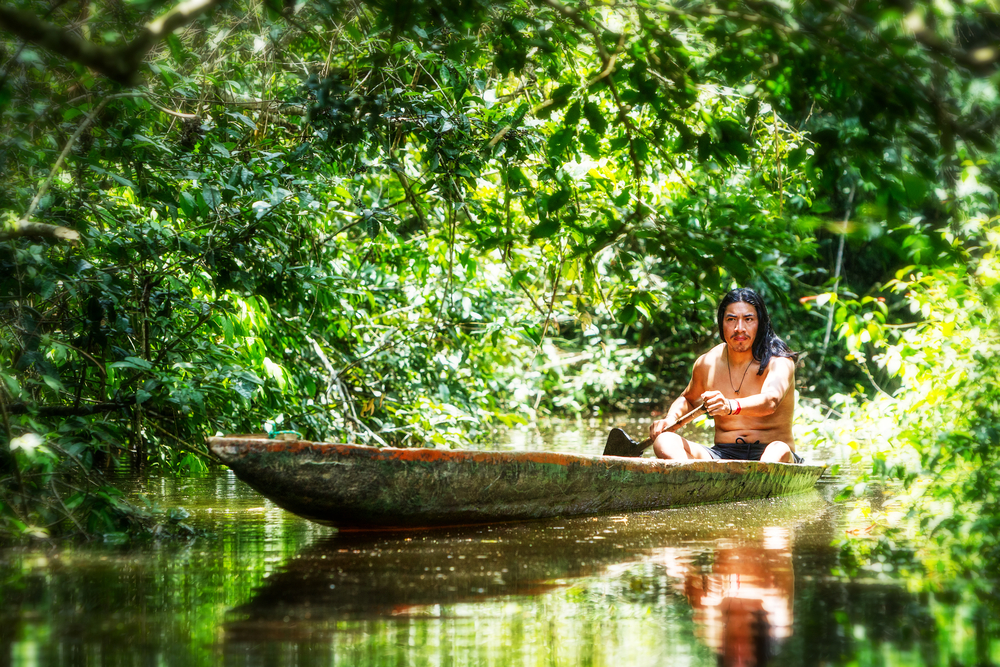
The Batak tribe, living in the rainforests of Palawan Island in the Philippines, are one of the country’s last remaining indigenous groups. Known for their rich cultural heritage and sustainable way of life, the Batak have historically been semi-nomadic, relying on a combination of hunting, gathering, and small-scale farming. Their intimate knowledge of the forest has enabled them to thrive in a highly biodiverse and occasionally challenging environment. Despite their isolation, the Batak have faced increasing pressure from external forces, including logging and tourism, which threaten their traditional lands and lifestyle.
Efforts to preserve Batak culture have seen some members engage with the outside world to promote eco-tourism and cultural exchanges, while others remain untouched, living as their ancestors did. This dual existence reflects the balancing act between cultural preservation and adaptation in a rapidly changing world. The Batak’s connection to their environment is deeply spiritual, with traditional beliefs and practices centered around the natural world. Their lifestyle offers valuable lessons in sustainability and harmonious living, emphasizing the importance of cultural diversity. As stewards of their forest home, the Batak remind us of the need to respect and protect indigenous communities.
8. The Unseen Taromenane of Ecuador
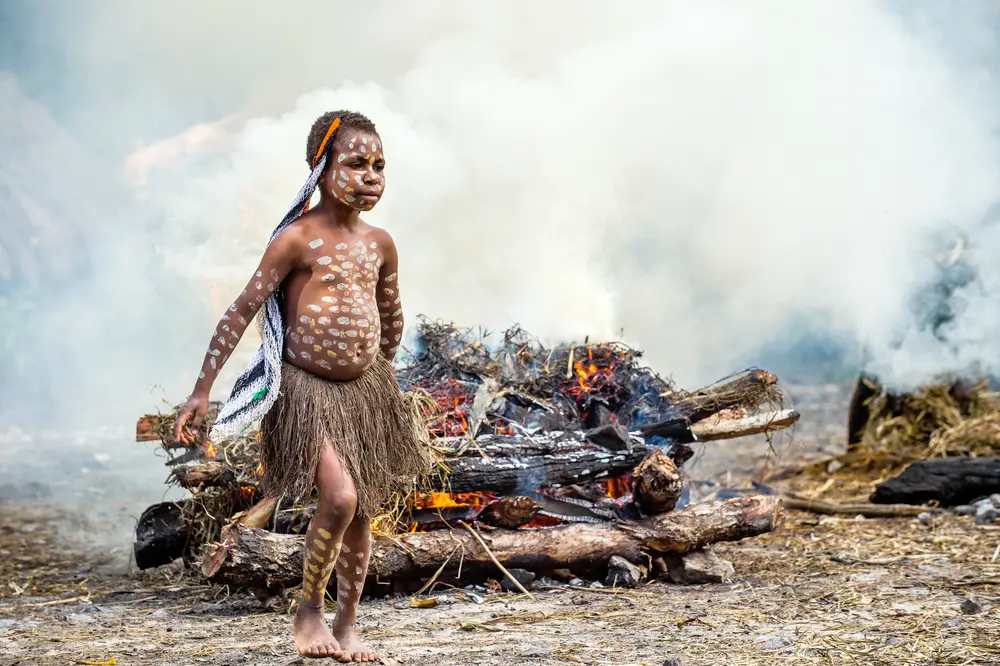
The Taromenane, residing in the remote regions of the Ecuadorian Amazon, are one of the last uncontacted tribes in the country. Their existence is largely inferred through sightings and artifacts left behind in the forest, as they remain isolated from modern society. The Taromenane are believed to live a traditional hunter-gatherer lifestyle, relying on the forest for food, medicine, and shelter. Their presence highlights the rich biodiversity of the Ecuadorian Amazon and the intricate relationship between indigenous communities and their environment. The Ecuadorian government has designated protected areas to safeguard the Taromenane and other uncontacted tribes, recognizing the importance of their cultural heritage.
Despite these protections, the Taromenane face threats from illegal logging, oil exploration, and external encroachment. Their story is one of resilience, as they navigate the challenges of maintaining their way of life in the face of potential disruption. The Taromenane serve as a reminder of the need for effective conservation efforts and the protection of indigenous rights. Their existence underscores the diversity of human cultures and the myriad ways people can adapt to their environment. As guardians of the forest, the Taromenane offer valuable insights into sustainable living and the importance of preserving cultural heritage.
9. The Isolated Pintupi Nine of Australia
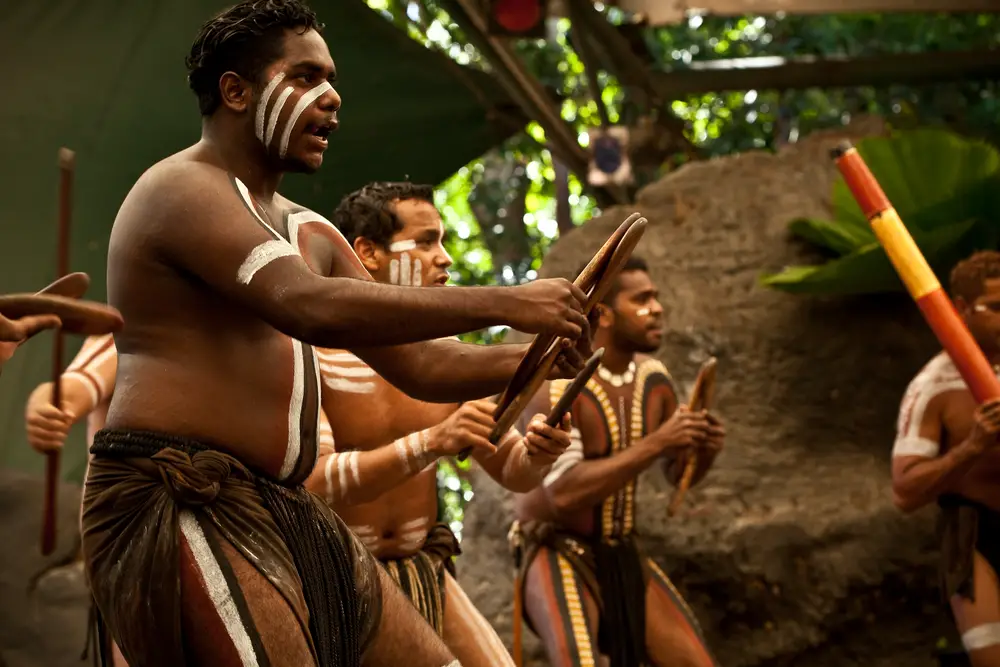
The Pintupi Nine, a group of Aboriginal Australians, lived in isolation in the Western Desert of Australia until their first contact with the outside world in the early 1980s. Before this, they had been living a traditional nomadic lifestyle, moving across the desert in search of food and water. Their survival in such a harsh and arid environment highlights their incredible knowledge of the land and its resources. Despite the initial shock of contact, the Pintupi Nine have managed to maintain many of their traditional customs and continue to live in a way that honors their cultural heritage.
The Pintupi Nine’s story is unique among uncontacted tribes, as they have since integrated into modern society to various degrees while preserving their cultural identity. This dual existence reflects the challenges and opportunities that arise when indigenous communities encounter the modern world. The Pintupi Nine’s resilience and adaptability underscore the importance of respecting cultural diversity and supporting indigenous peoples in their transition. Their experience offers valuable lessons in cultural preservation and sustainable living, reminding us of the rich tapestry of human existence. As we learn from their journey, we are inspired to honor and protect the traditions of indigenous communities.
10. The Hidden Jarawa of the Andaman Islands
The Jarawa tribe, residing in the dense forests of the Andaman Islands, India, are known for their distinct culture and lifestyle. Historically, the Jarawa avoided contact with the outside world, living a semi-nomadic life focused on hunting and gathering. Their isolation helped preserve their traditional customs, language, and social structures. However, in recent years, increased exposure to modern influences and tourism has threatened their way of life and led to significant challenges. The Indian government has implemented protective measures to safeguard their lands, recognizing the importance of preserving their cultural heritage.
Despite these efforts, the Jarawa face numerous threats, including illegal encroachment, disease, and cultural erosion. Their story highlights the complex interplay between isolation and integration, as the tribe navigates the challenges of maintaining their identity in a changing world. The Jarawa’s connection to their environment is profound, with their knowledge of the forest’s resources serving as a testament to human ingenuity and adaptability. Their existence underscores the need for effective conservation efforts and respect for indigenous rights. As we reflect on the Jarawa’s journey, we are reminded of the importance of protecting the diverse cultures that enrich our global heritage.
